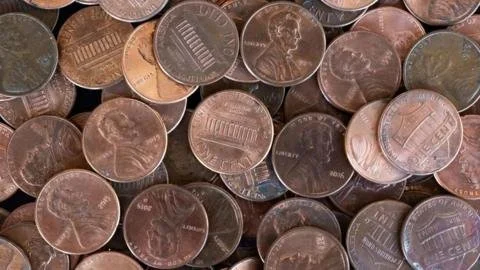The End of an Era: Goodbye Penny, Hello Inflation!
The United States is bidding farewell to the penny, with the Philadelphia Mint striking its last batch of one-cent coins after over 230 years of production. This historic moment is driven by rising production costs—pennies now cost nearly four cents to create. As President Donald Trump noted in February, this decision aims to ‘rip the waste out of our nation’s budget,’ with expected savings of about $56 million annually.
Despite the penny’s departure from minting, it will still remain in circulation; however, businesses are already starting to adjust prices as the tiny coin becomes increasingly scarce. The Treasury Department estimates that approximately 300 billion pennies will still be in circulation, which is significantly more than necessary for everyday commerce. Remarkably, about 60% of coins in circulation are simply stashed away in homes, accumulating value of about $60-$90 per household.
Consumers might want to prepare for possible changes as businesses start rounding prices, with studies suggesting that this shift could increase overall costs for shoppers by about $6 million annually. Other countries, such as Canada and Australia, have previously retired their low-value coins, showing a global trend in phasing out less useful currency.
As the conversation turns to the nickel, which costs nearly 14 cents to produce, the implications of retiring it could lead to an even larger financial impact on consumers, estimated to be a potential $55 million loss per year. This change reflects an evolving landscape where digital transactions gain momentum, diminishing the relevance of low-value coins.

